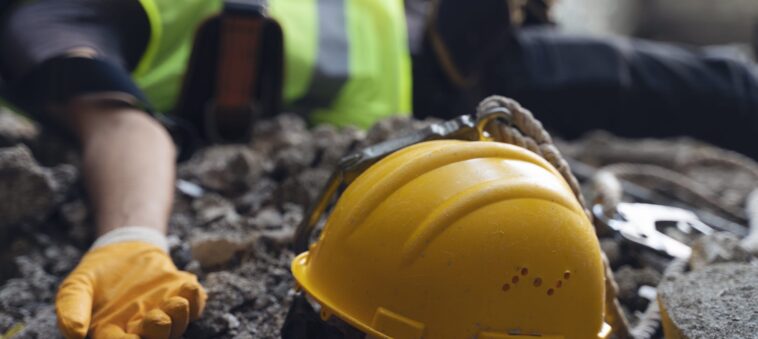When it comes to workplace safety, a man down alarm device is a game-changer. Designed to detect falls, inactivity, or other emergencies, this tool is essential for workers in hazardous environments.
But what exactly makes a man down alarm device reliable? Let’s explore the key features you should look for to ensure you’re getting the best protection possible.
1. Automatic Fall Detection
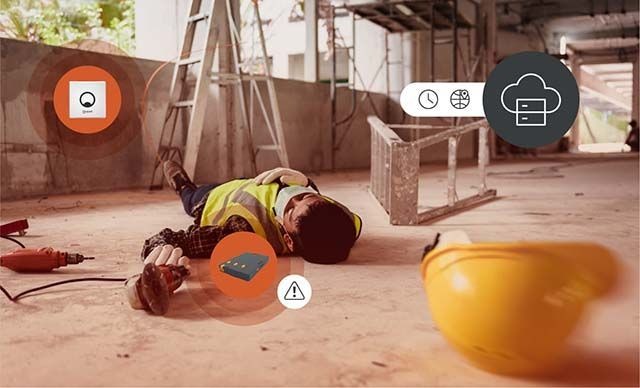
The core function of any man down alarm device is its ability to detect falls. A reliable device uses advanced sensors to identify sudden movements, impacts, or a lack of motion.
- Why it matters: Quick detection can mean the difference between life and death in emergencies.
- Look for: Devices that have adjustable sensitivity levels to avoid false alarms.
2. Real-Time Alerts
A reliable device should immediately notify a designated contact when an emergency is detected. This could be a supervisor, a safety team, or even emergency services. Real-time alerts ensure that help is dispatched without delay.
- Alert types: SMS, email, or app notifications.
- Bonus feature: Some devices offer a two-way communication system, allowing workers to call for help manually.
3. GPS Tracking
Knowing the exact location of the worker is critical during an emergency. A man down alarm with GPS tracking ensures rescuers can locate the individual quickly and efficiently.
- Key benefits:
- Faster response times.
- Accurate positioning, even in remote areas.
- Advanced options: Some devices integrate geofencing, alerting when a worker enters or exits specific zones.
4. Durability and Rugged Design
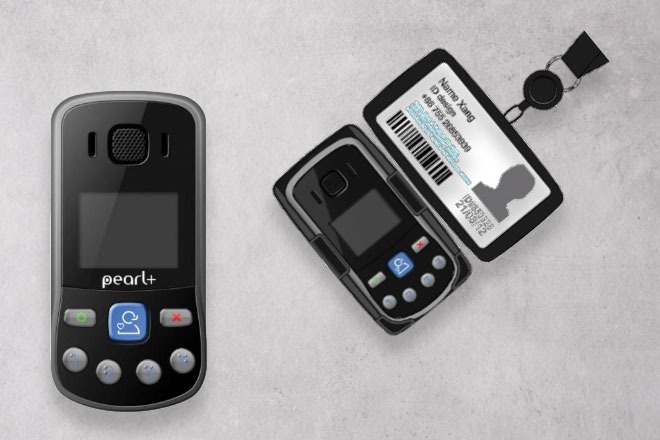
Hazardous environments demand tough equipment. A reliable man down alarm should be built to withstand extreme conditions like heat, cold, water, and dust.
- Look for certifications:
- IP ratings for water and dust resistance.
- MIL-STD certifications for shock and impact resistance.
- Bonus: Long battery life ensures the device lasts through demanding shifts.
5. Inactivity Monitoring
Not all emergencies involve a fall. Workers in certain industries may face risks of being immobilized due to health issues, exhaustion, or being trapped in confined spaces. Inactivity monitoring detects when someone has been still for an unusually long period.
- How it works: The device measures inactivity against pre-set time thresholds.
- Best practices: Choose devices with adjustable settings to fit specific job roles and environments.
6. Ease of Use
A man down alarm is only effective if it’s easy to operate. Workers shouldn’t have to fiddle with complicated buttons or settings in stressful situations.
- User-friendly design:
- Lightweight and wearable (e.g., on a lanyard, wristband, or belt).
- Intuitive interface with simple activation.
- Pro tip: Devices with automated features reduce the chance of human error.
7. Connectivity Options
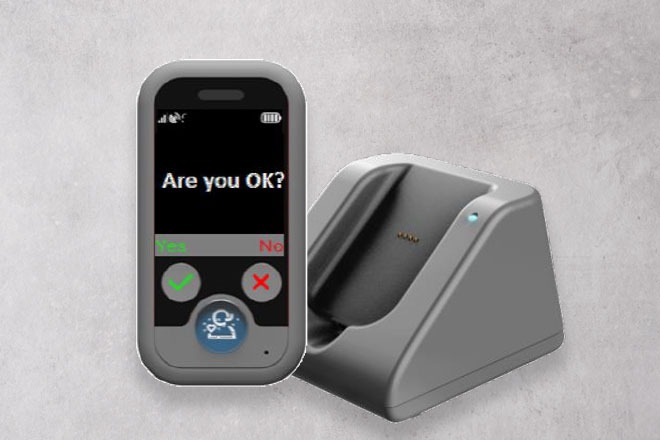
In today’s tech-driven world, connectivity is king. A reliable device should support multiple communication channels, ensuring it works even in areas with limited network coverage.
- Popular options:
- Cellular networks: For urban and suburban environments.
- Satellite connectivity: Ideal for remote or rural areas.
- Bluetooth/Wi-Fi: For indoor use or when integrated with other safety systems.
8. Customisable Settings
Every workplace is different, and so are its safety needs. A good man down alarm allows for customisable settings to adapt to various scenarios.
- Adjustable features:
- Alarm sensitivity levels.
- Notification preferences.
- Delay times for inactivity or fall detection.
- Why it matters: Customisation ensures the device meets the specific needs of your team.
9. Compliance with Safety Standards
Ensure the device meets regulatory safety standards relevant to your industry. Compliance demonstrates that the device has been tested and approved for professional use.
- Examples:
- OSHA (Occupational Safety and Health Administration) guidelines.
- ISO safety certifications.
- Pro tip: Devices with certifications often come with better warranties and support.
10. Integration with Safety Systems
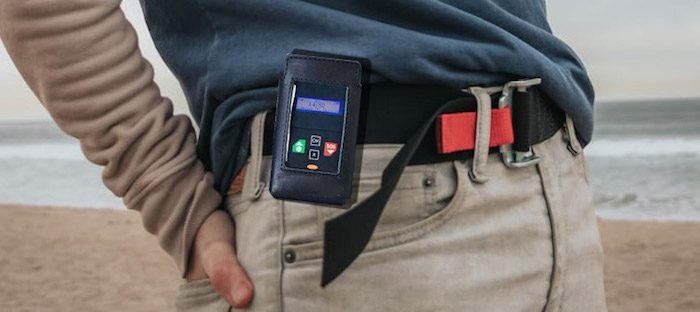
For companies using comprehensive safety management platforms, a man down alarm that integrates seamlessly can streamline operations.
- Features to look for:
- Compatibility with workplace safety software.
- Ability to log incidents for reporting and analysis.
- Benefit: Streamlined safety operations and improved data-driven decisions.
11. Advanced Battery Features
Battery performance can make or break a man down alarm’s reliability. A device with a weak battery risks leaving workers vulnerable when power runs out.
Recommendations:
- Choose devices with battery indicators to track charge levels.
- Opt for models with rechargeable batteries for long-term cost savings.
- Consider devices with energy-saving modes to extend battery life.
Key benefit: Reliable power ensures continuous protection during long shifts.
12. Training and User Support
Even the best devices are ineffective without proper training. Workers must know how to use the device and respond to alerts effectively.
Best practices:
- Provide onboarding sessions to familiarise workers with device features.
- Choose suppliers offering customer support and troubleshooting services.
Benefit: Confident, well-trained users maximise device effectiveness in emergencies.
13. Wearable Technology Options
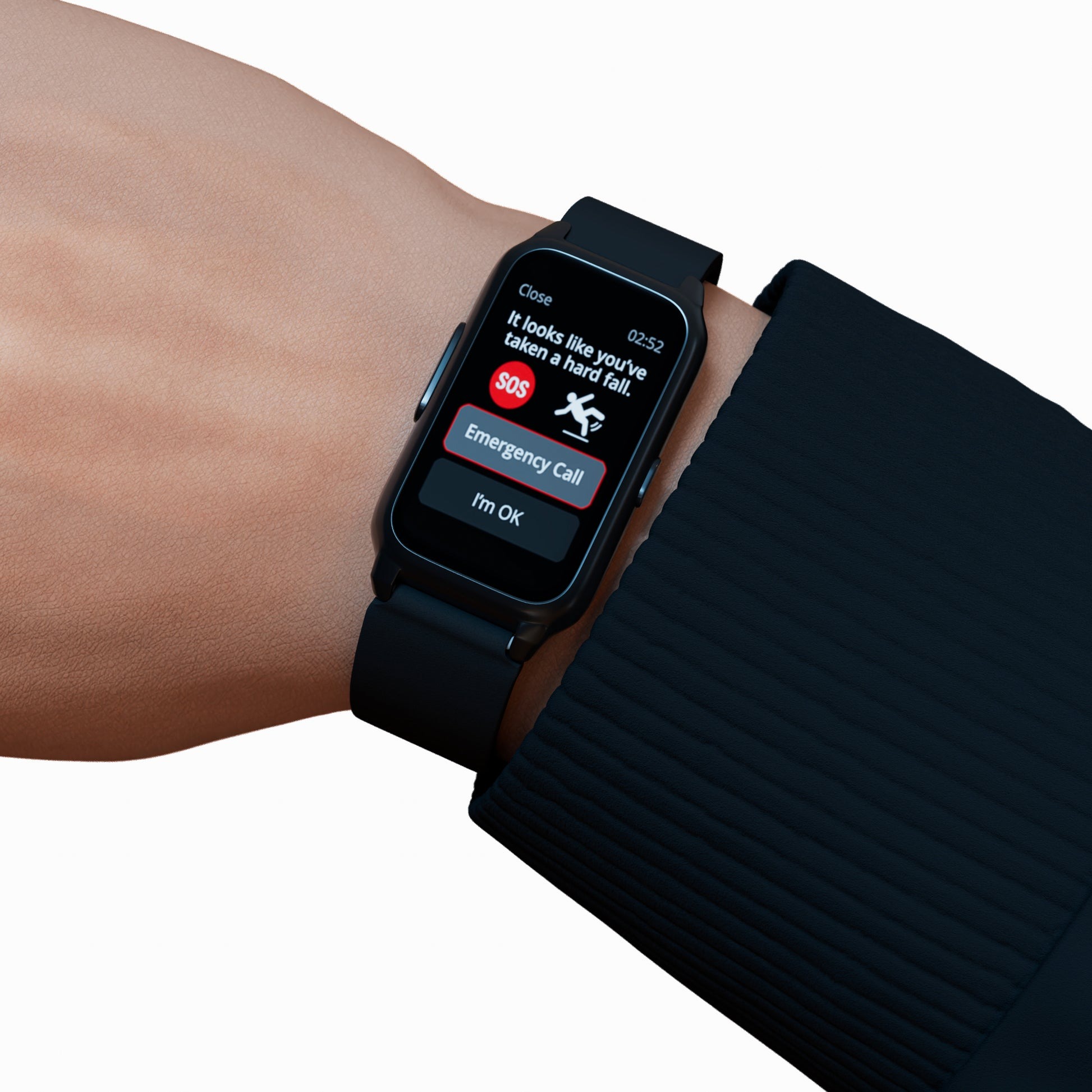
Comfort and convenience play a big role in device adoption. Wearable options allow workers to carry devices without added stress or discomfort.
Popular styles:
- Clip-on units for belts or pockets.
- Smartwatches with integrated alarm functions.
- Neck lanyards for hands-free use.
Benefit: Increased usability and better adherence to safety protocols.
14. Data Security and Privacy
Data security is an essential consideration when using devices that collect and transmit sensitive information. A reliable man down alarm should ensure that all data is securely stored and shared.
Key considerations:
- Look for devices with encrypted communication protocols to prevent data breaches.
- Ensure compliance with data protection regulations such as GDPR or industry-specific standards.
- Choose devices with user-controlled access to limit data visibility to authorised personnel only.
Benefit: Enhanced trust and compliance with privacy standards protect both employees and organisations from potential liabilities.
Conclusion
A man down alarm device is more than just a gadget; it’s a lifeline for workers in hazardous conditions. Reliable devices combine features like fall detection, real-time alerts, GPS tracking, and durable designs to ensure workers’ safety.
Adding advanced battery options, proper training, and wearable designs enhances both functionality and user experience.
Investing in such tools not only ensures compliance but also demonstrates a commitment to worker well-being, building trust among employees and their families.
Prioritising key features when selecting a man down alarm guarantees a dependable solution when every second counts.



